Which farm animal should I get?
scottmkiv
17 years ago
Related Stories

DECORATING GUIDESWhich Rooms Get the Oscar?
On the eve of Hollywood’s night of nights, we bring you top films from the past year and their interior twins
Full Story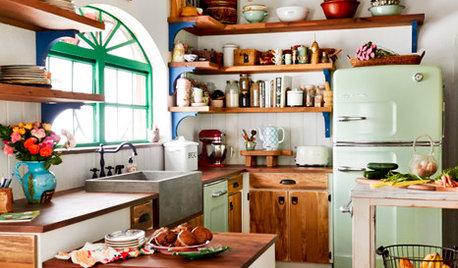
HOUZZ TV FAVORITESHouzz TV: Animals, Love and Color on a Florida Farm
Farm-fresh style is just right for this family of 6 — and their horses, dogs, cats, chickens, zebus, birds and pig
Full Story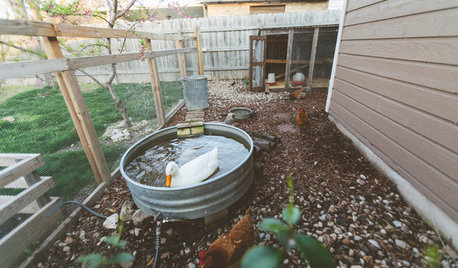
FARM YOUR YARDMy Houzz: An Urban Farm and Animal Sanctuary in Austin
Four dogs, four chickens, a duck and a kitten find refuge in a photographer’s updated home
Full Story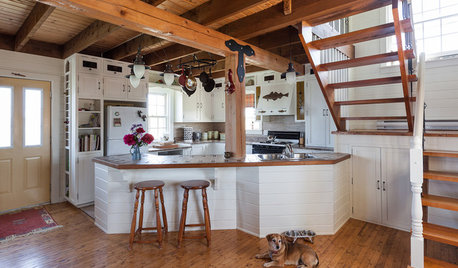
KITCHEN DESIGNOpen vs. Closed Kitchens — Which Style Works Best for You?
Get the kitchen layout that's right for you with this advice from 3 experts
Full Story
LANDSCAPE DESIGNGarden Overhaul: Which Plants Should Stay, Which Should Go?
Learning how to inventory your plants is the first step in dealing with an overgrown landscape
Full Story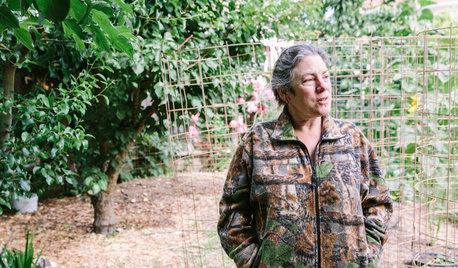
FARM YOUR YARDTo Get the Food They Believe In, These Urbanites Grow Their Own
Home gardeners farming on their city lots find that local, organic food isn’t the only reward
Full Story
EDIBLE GARDENSNatural Ways to Get Rid of Weeds in Your Garden
Use these techniques to help prevent the spread of weeds and to learn about your soil
Full Story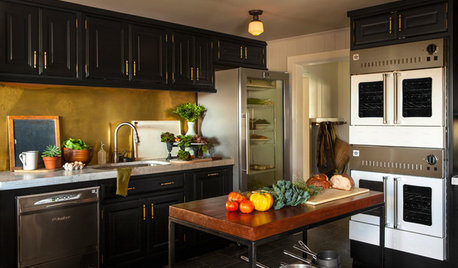
FARMHOUSESAn Iron Chef’s Farm Kitchen Gets Some Kick
Pro appliances and improved accessibility prove the right recipe for a kitchen that now multitasks with ease
Full Story
KITCHEN DESIGN12 Great Kitchen Styles — Which One’s for You?
Sometimes you can be surprised by the kitchen style that really calls to you. The proof is in the pictures
Full Story
You Said It: ‘Which Color Truly Reflects You?’ and Other Quotables
Design advice, inspiration and observations that struck a chord this week
Full Story





fancifowl
more_to_grow
Related Professionals
Roosevelt Landscape Architects & Landscape Designers · Dixon Landscape Contractors · Franklin Landscape Contractors · Indianapolis Landscape Contractors · New Baltimore Landscape Contractors · Smyrna Landscape Contractors · Kingsburg Landscape Contractors · Raytown Landscape Contractors · Castle Rock Fence Contractors · Gainesville Fence Contractors · Lexington Fence Contractors · Sacramento Fence Contractors · Benton Decks, Patios & Outdoor Enclosures · Greeley Decks, Patios & Outdoor Enclosures · Spokane Decks, Patios & Outdoor Enclosurescindydj
Maggie_J
Josette
kydaylilylady
somerhillfarm
beeliz
ladybug1
undercover_owl
scottmkivOriginal Author
fancifowl
swvirginia
Dibbit
KellyFG
marbree
scottmkivOriginal Author
marquisella
marbree
sumac
scottmkivOriginal Author
millefiori
marbree
Roberta_z5
bill_o_the_woods
millefiori
mokevinb
marquisella
Josette
roseyt
mokevinb
scottmkivOriginal Author
faithfulwings